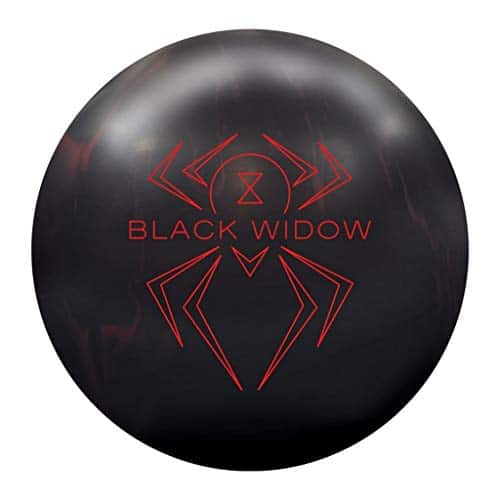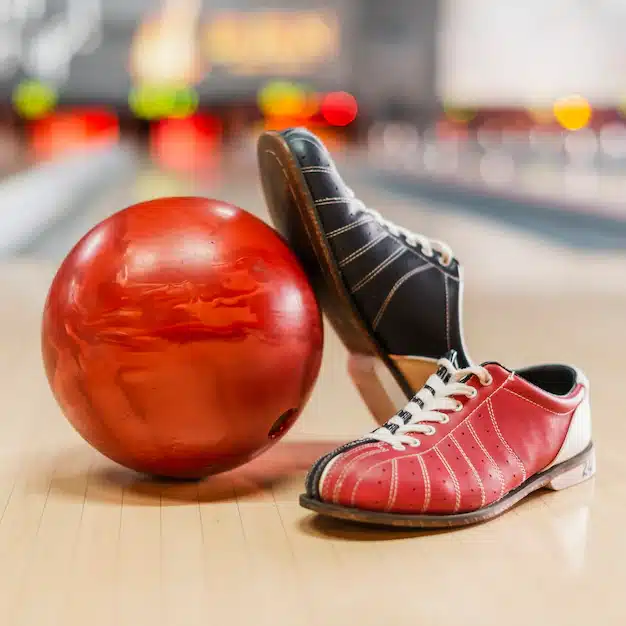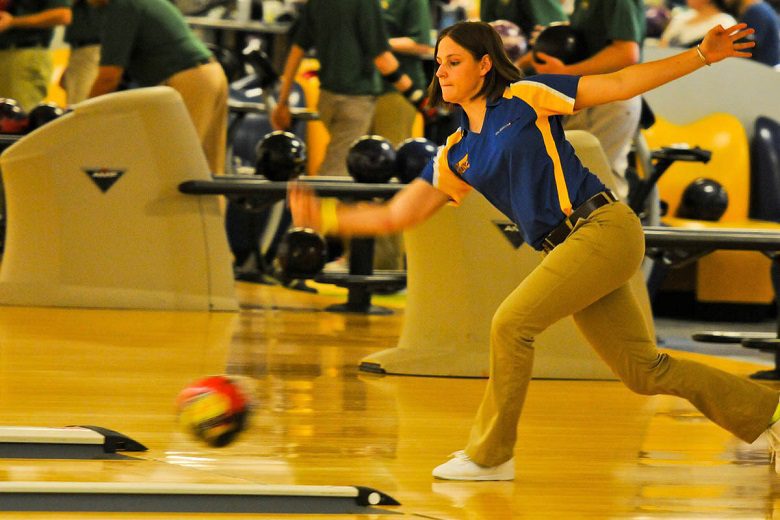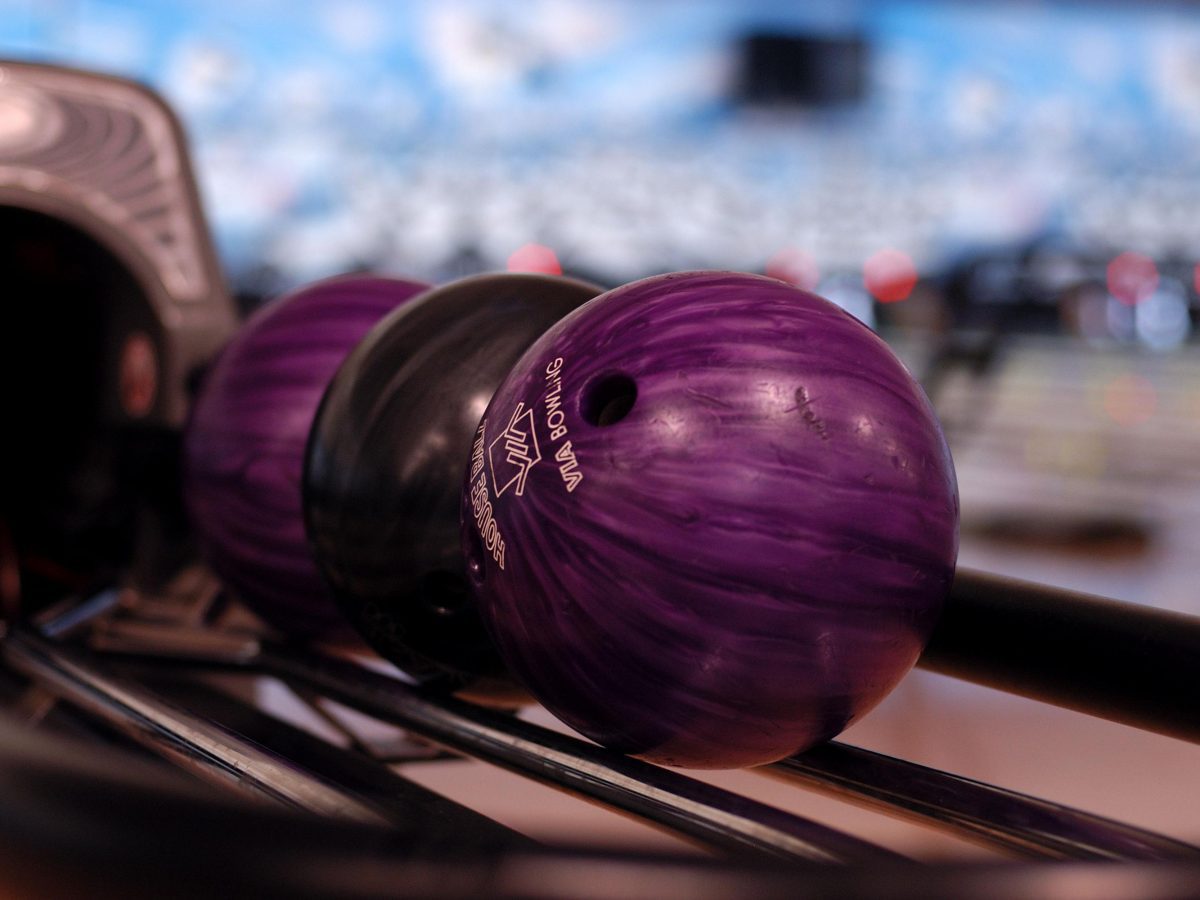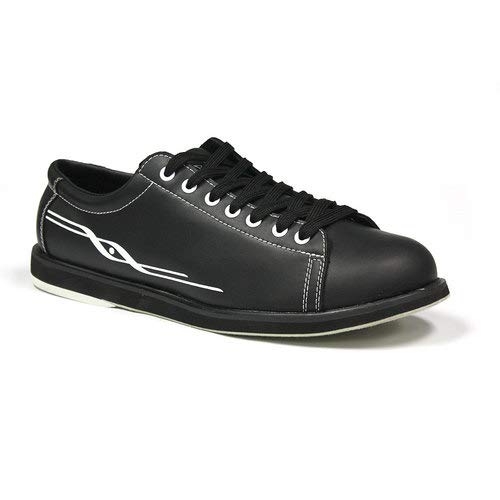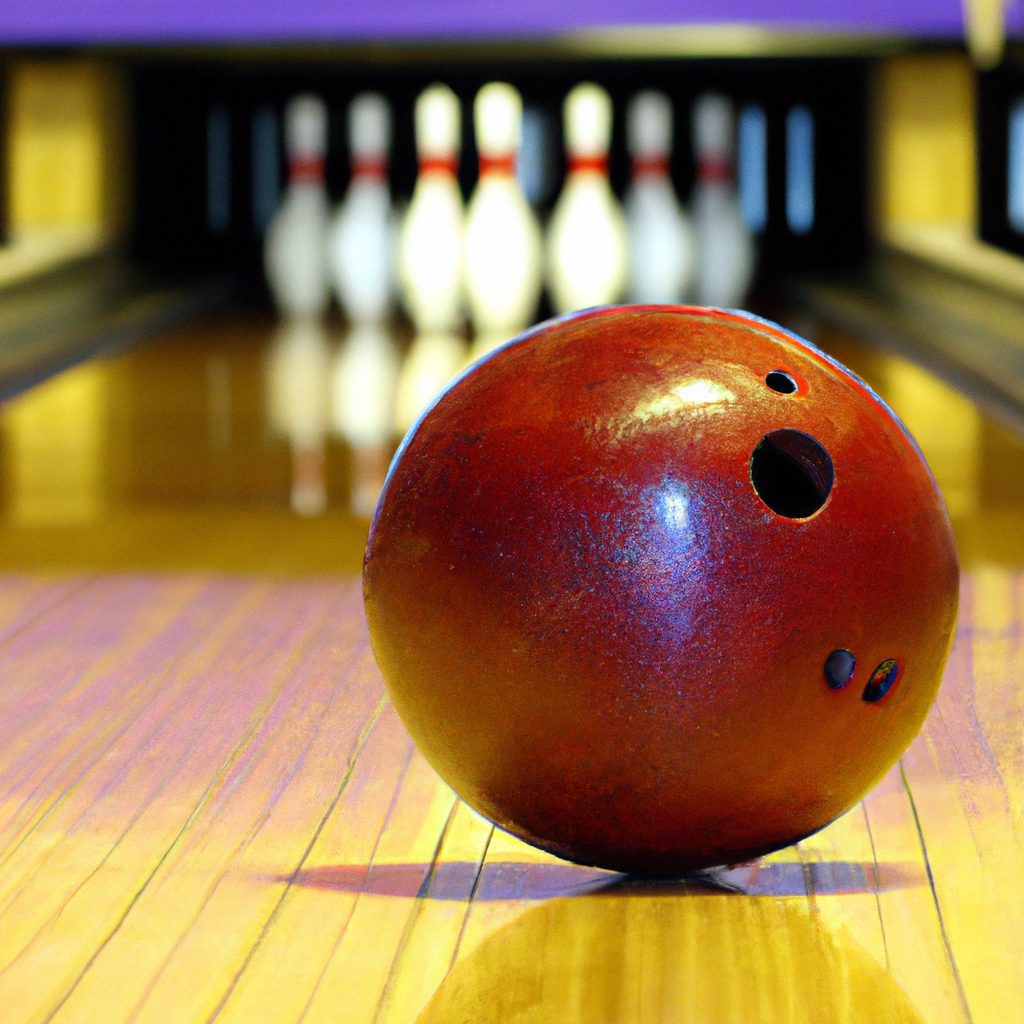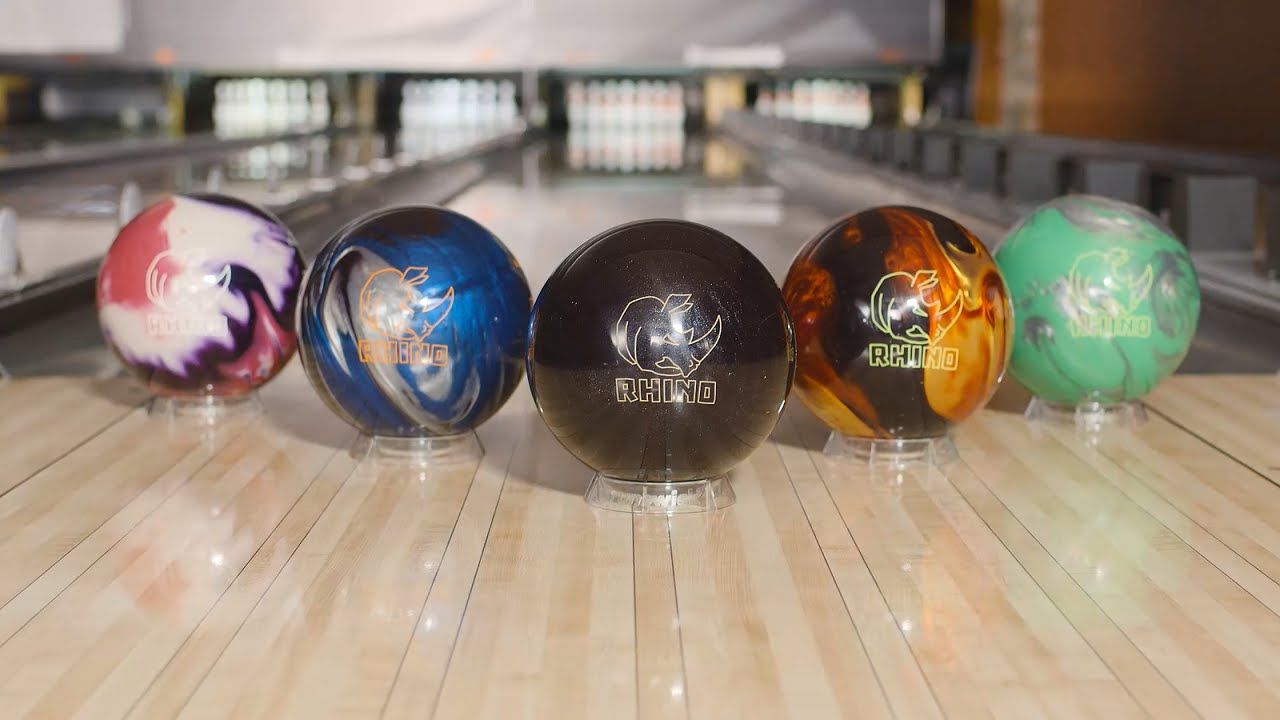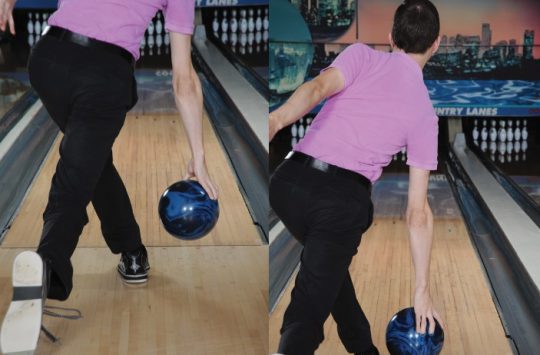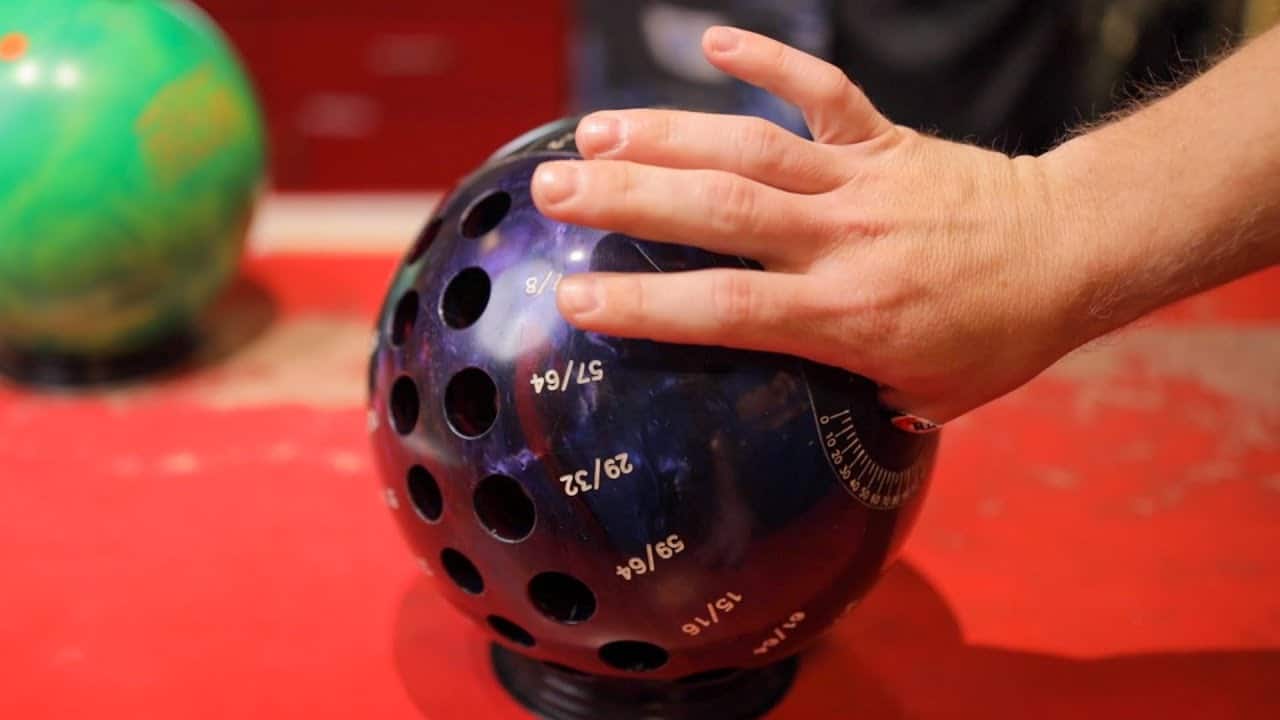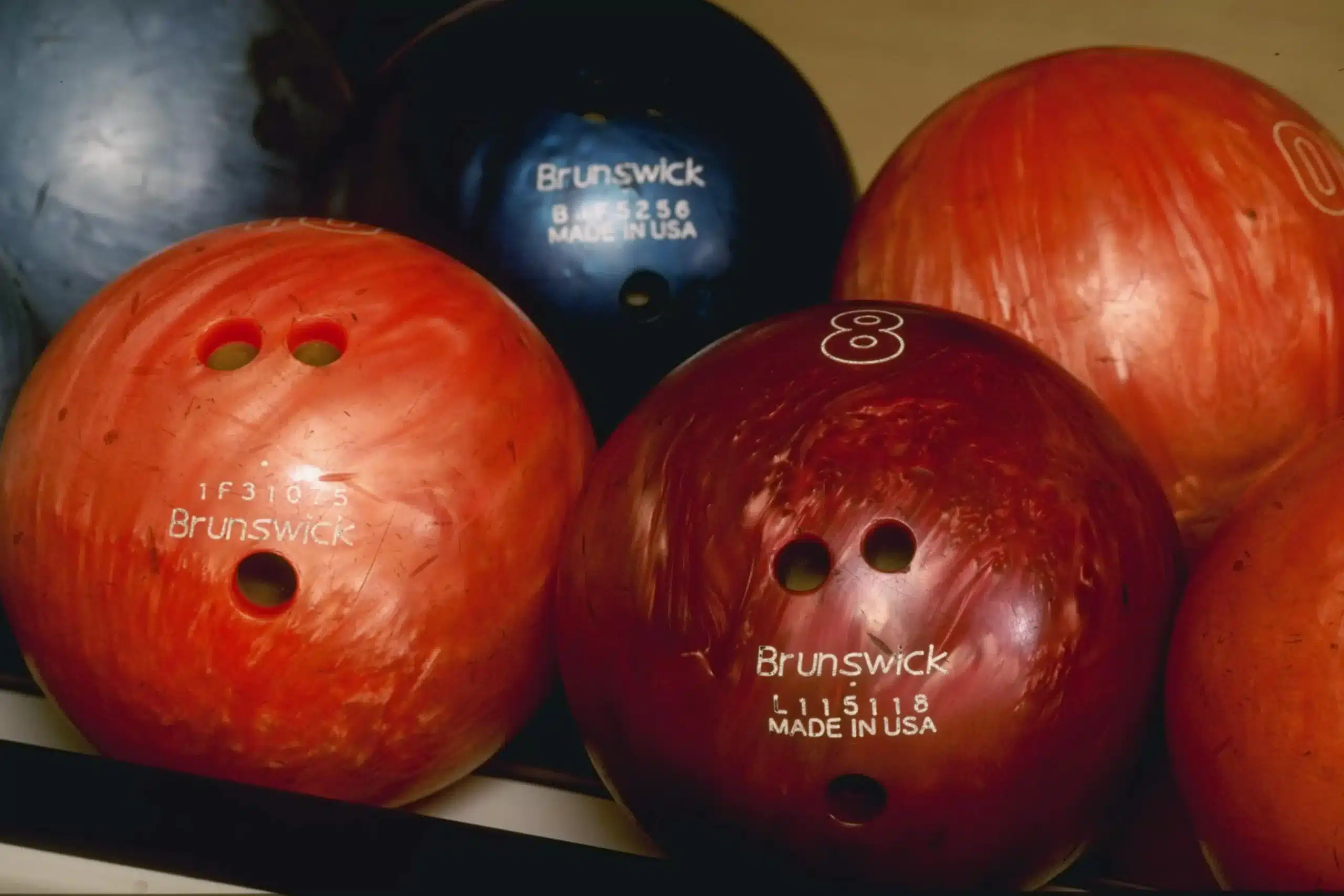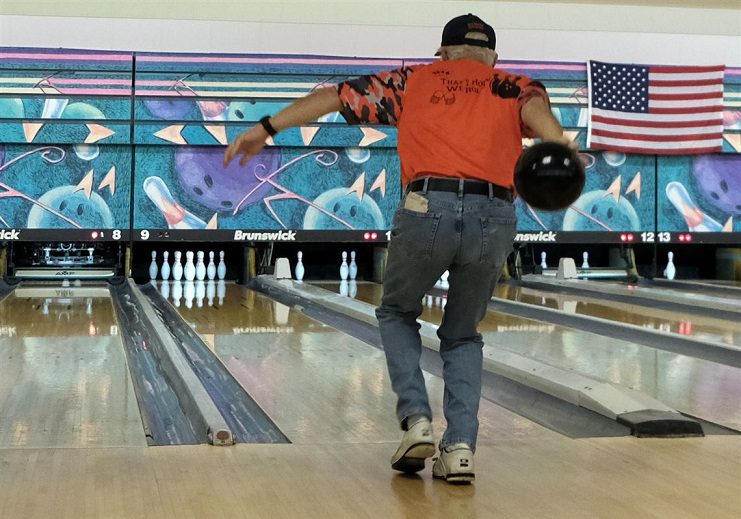Having a wrist brace might seem like a setback for those who enjoy playing sports, but fear not! We’re here to shed some light on the topic and answer the burning question: can you still participate in sports with a wrist brace? Whether you’re a dedicated athlete or just someone who enjoys the occasional game, we’ve got all the information you need to stay active and safe while protecting your wrist.
Review contents
Benefits of Wearing a Wrist Brace
Wearing a wrist brace can provide numerous benefits for individuals who engage in sports or other physical activities. One of the primary advantages is the reduced pain and discomfort that wearing a wrist brace can offer. Whether you are recovering from an injury or experiencing chronic wrist pain, a brace can provide support and stability, alleviating discomfort and allowing you to participate in sports with greater ease.
Another benefit of wearing a wrist brace is improved stability and support. The brace helps to immobilize the wrist joint, preventing excessive movement and reducing the risk of further injury. By providing external support, a wrist brace can help athletes maintain proper form and technique, enhancing performance and minimizing the likelihood of strain or sprain.
Furthermore, wearing a wrist brace can serve as a preventive measure against future injuries. By providing additional support to the wrist, a brace helps to protect this vulnerable joint, particularly during activities that involve repetitive movements or high impact. By wearing a wrist brace, athletes can minimize the risk of developing conditions like tendonitis or carpal tunnel syndrome.
Types of Wrist Braces
When it comes to choosing a wrist brace, there are several types to consider, each offering different levels of support and functionality. The most basic type of wrist brace is a simple sleeve brace. These braces slide onto the wrist and provide compression to help alleviate mild pain and discomfort. They are a popular choice for individuals who engage in light physical activities or require minimal support.
Wraparound braces are another common type of wrist brace. These braces feature adjustable straps that wrap around the wrist for a more secure fit. Wraparound braces offer a higher level of support compared to sleeve braces and are often recommended for individuals with moderate wrist pain or instability.
For more severe injuries or conditions, splint braces may be necessary. These braces typically have firm metal or plastic inserts that provide maximum support and immobilization. Splint braces are commonly used post-surgery or in cases of severe sprains or fractures.
Lastly, individuals with specific wrist conditions may require customized braces. These braces are created with the individual’s unique measurements and needs in mind, providing a tailored fit and support. Customized braces are often recommended for individuals with chronic conditions such as arthritis or repetitive strain injuries.
Choosing the Right Brace for Sports
When selecting a wrist brace for sports, there are several factors to consider to ensure you choose the most suitable option for your needs.
Firstly, it is essential to consider the impact of the sport you participate in. Sports that involve heavy contact or high impact, such as football or boxing, may require a brace with maximum support and stability. On the other hand, sports with less physical contact, like golf or swimming, may require a brace that allows for more flexibility and range of motion.
Flexibility and mobility are crucial for sports performance, so it is important to evaluate how well a brace allows for movement. Look for a brace that provides adequate support while still allowing you to perform the necessary motions for your sport without restriction.
Furthermore, consider the breathability of the brace. Sports activities can be intense and cause excessive sweating, so a brace with breathable materials can help prevent discomfort and irritation due to moisture buildup.
Lastly, ensure that the wrist brace fits properly and provides comfort during sports activities. A brace that is too loose may not provide adequate support, while a brace that is too tight can restrict movement and cause discomfort. Proper fit is essential to maximize the benefits of wearing a wrist brace.
Sports That Can Be Played with a Wrist Brace
Fortunately, many sports can be played while wearing a wrist brace, allowing individuals to continue participating in their favorite activities. Here are some sports that are typically compatible with wearing a wrist brace:
Basketball:
Basketball involves frequent hand movements and potential collisions, making a wrist brace a valuable accessory. Wearing a brace can provide support during dribbling, shooting, and defending, reducing strain on the wrist.
Tennis:
The repetitive nature of tennis strokes can place significant stress on the wrists. Wearing a wrist brace can help stabilize the joint and reduce the risk of developing tennis elbow or other wrist-related injuries.
Golf:
Although golf may not require as much wrist movement as other sports, wearing a wrist brace can still be beneficial. It can provide added support during swings, helping to maintain proper form and prevent strain.
Bowling:
In bowling, proper wrist alignment is crucial for accuracy and power. A wrist brace can help bowlers maintain the correct wrist position throughout their throw, reducing the risk of injury and improving overall performance.
Cycling:
Cycling places continuous pressure on the wrists, especially during long rides. Wearing a wrist brace can provide additional support and stability, reducing the strain on the wrists and allowing cyclists to ride for longer durations with less discomfort.
Sports That May Not Be Suitable for Wrist Brace Use
While many sports can be played while wearing a wrist brace, some activities may not be as compatible due to the nature of the sport or the limitations of certain braces. Here are a few sports that may not be suitable for wrist brace use:
Football:
Football involves intense physical contact and high impact, making it challenging to find a wrist brace that can provide sufficient support for the demands of the sport. Additionally, the bulky nature of most wrist braces may interfere with gripping and catching the ball.
Wrestling:
Similar to football, wrestling involves close physical contact and intense movements that may exceed the capabilities of a wrist brace. The risk of brace displacement or potential injury to the opponent may make wrist brace use unsuitable for wrestling.
Rock Climbing:
Rock climbing requires intricate hand and wrist movements, often relying on maximum range of motion and grip strength. Wrist braces may limit flexibility and interfere with the precise movements necessary for this sport.
Gymnastics:
Gymnastics demands exceptional flexibility, agility, and weight-bearing on the wrists. While it is important to prioritize wrist safety, the restrictive nature of most wrist braces may hinder the gymnast’s performance and ability to execute certain skills.
Weightlifting:
Weightlifting places significant strain on the wrists, particularly during exercises like snatches, cleans, and overhead presses. However, most wrist braces can limit the range of motion needed for these movements, making them less suitable for weightlifting.
Tips for Playing Sports with a Wrist Brace
If you choose to play sports with a wrist brace, here are some important tips to keep in mind to ensure a safe and enjoyable experience:
Consult with a Healthcare Professional:
Before returning to sports activities, it is crucial to consult with a healthcare professional, such as a sports medicine specialist or physical therapist. They can assess your injury, provide guidance on wearing a wrist brace, and recommend any additional exercises or precautions to consider.
Follow Rehabilitation Guidelines:
If you are recovering from a wrist injury, be sure to follow the rehabilitation guidelines provided by your healthcare professional. Gradually increase the intensity and duration of sports activities as your wrist strengthens and heals.
Perform Warm-up and Stretching Exercises:
Prior to engaging in sports, it is essential to perform proper warm-up and stretching exercises. This helps to increase blood flow, loosen up the muscles and tendons, and reduce the risk of further injury. Focus on wrist-specific exercises to warm up the joint before putting on the brace.
Use Protective Padding:
In sports with a higher risk of impact or collisions, consider using additional protective padding along with your wrist brace. This can help minimize the risk of injury to the wrist and surrounding areas.
Listen to Your Body:
Pay attention to any discomfort or pain while playing sports with a wrist brace. If you experience any increased pain, swelling, or worsening symptoms, it is important to rest and seek medical advice.
Precautions and Limitations
While a wrist brace can provide support and protection, it is crucial to be mindful of certain precautions and limitations:
Avoid Excessive Impact:
Even with a wrist brace, it is important to avoid excessive impact or movements that may strain or further injure the wrist. Be cautious during sports activities and modify movements or take breaks when necessary.
Be Mindful of Brace Limitations:
Different wrist braces offer varying levels of support and functionality. Understanding the limitations of the specific type of brace you are using can help you make informed decisions during sports activities. Avoid pushing beyond the capabilities of the brace, as this may compromise its effectiveness and potentially lead to injury.
Seek Medical Advice for Severe Injuries:
In the case of severe wrist injuries or conditions, it is crucial to seek medical advice from a healthcare professional. They can provide a comprehensive evaluation, suggest appropriate treatments or interventions, and guide you on the most suitable brace for your specific condition.
Common Questions and Concerns
Here are answers to some common questions and concerns regarding wearing a wrist brace while participating in sports:
Will a Wrist Brace Affect Performance?
A well-fitting wrist brace should not significantly impact sports performance. In fact, the added support and stability provided by the brace may even enhance performance by reducing the risk of injury and allowing athletes to maintain proper form and technique.
Can I Wash a Wrist Brace?
Most wrist braces can be washed by hand using mild soap and warm water. It is important to check the manufacturer’s instructions for specific care guidelines. Regular cleaning helps maintain hygiene and prevent odor buildup.
Can I Play Sports with a Cast Instead?
In general, casts are more restrictive than wrist braces and may limit mobility and flexibility, making them less suitable for sports activities. However, in certain situations, a healthcare professional may recommend a cast for more severe injuries. It is important to follow their guidance and avoid engaging in sports activities that may compromise the healing process.
Conclusion
Wrist braces can be valuable aids for athletes participating in sports, providing reduced pain, improved stability, and prevention of further injury. When choosing a wrist brace for sports, consider the impact of the sport, evaluate flexibility and mobility, check for breathability, and ensure proper fit and comfort. While many sports can be played while wearing a wrist brace, it is important to be cautious and consult with a healthcare professional for severe injuries. By following these guidelines and tips, individuals can safely and confidently participate in their favorite sports while wearing a wrist brace.




![Spare bowling ball Top 10 in 2024. (reviews) Top 10 Best Spare Bowling Balls [2021 Reviewed]](http://landofbowling.com/wp-content/uploads/2021/07/Top-10-Best-Spare-Bowling-Balls-2021-Reviewed.jpg)






